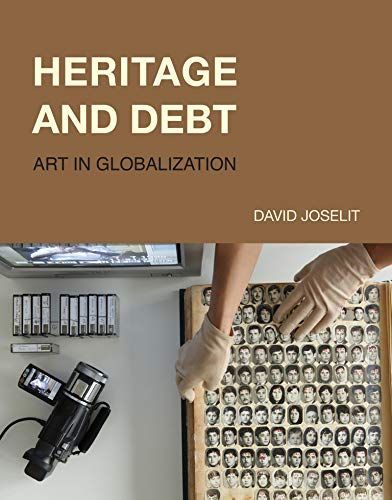
Heritage and Debt Art in Globalization
"Heritage and Debt is a comparative study of global contemporary art that addresses artworks from around the world without falling into a survey of successive regions as most art-historical accounts of globalization do. It demonstrates that art's globalization has the capacity to redress Western modernism's historical responsibility for the cultural dispossession of the Global South. Both imperialism and slavery--two primary means of capital accumulation in the 19th century-asserted the cultural inferiority of non-Western cultures as justification for appropriating their land, labor, and the personal freedom of their peoples. While non-Western art was denigrated and suppressed in its places of origin, it was nevertheless appropriated by European modernism in the subordinate position of "primitivism" or "exoticism," or collected as defunct anthropological relics in encyclopedic or natural history museums in the European or American metropolis. Global contemporary art confronts this history of dispossession in its reanimation of cultural heritage as a contemporary resource. Since the 1980s artists from around the world have reclaimed local traditions to challenge the predominance of Euro-American contemporary art. Likewise, under global conditions, the development of heritage, which I define as any inherited cultural tradition in any region of the world, whether ancient or modern, has become an effective, even a necessary resource for localities in competing for investment, tourist dollars, and also indirectly, diplomatic or soft power. Heritage is thus both a symbolic and an economic asset, as indicated by the worldwide proliferation of new museums, often devoted to modern and contemporary art. Inspired by postcolonial thinkers and new directions in anthropology, Heritage and Debt argues that in global contemporary art, tradition-or heritage-has become a dynamic source of modern and contemporary aesthetic expressions in the Global South. Heritage and Debt will serve as a valuable resource in defining the burgeoning field of global contemporary art. The fact that the book's arguments are deeply grounded in the work of critics and historians from Africa, India, Latin America, Australia, and Asia should make Heritage and Debt relevant in many locations, as will its fundamentally comparative structure"--